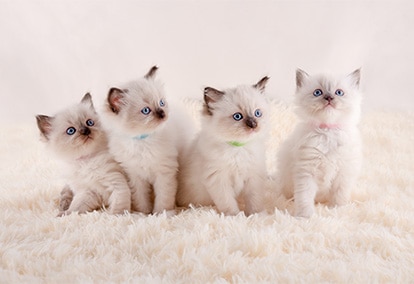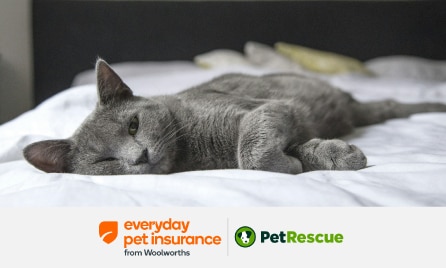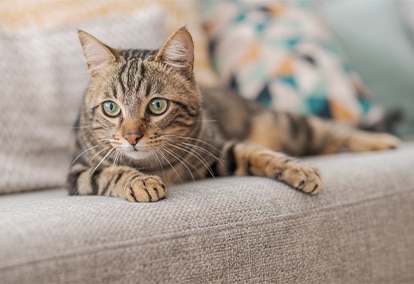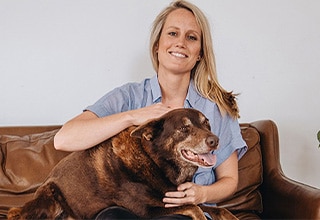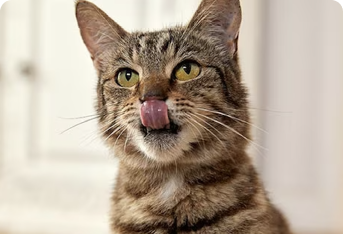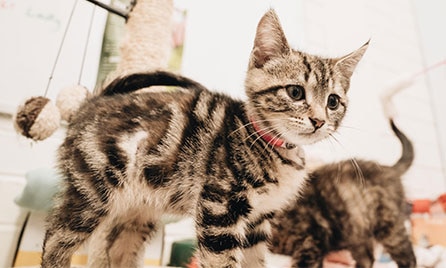- text
-
# Policy Terms and Conditions, exclusions and limits apply. Benefit limit amounts vary by level of cover.
Information about Ragdoll Cat Breed.
- Information about Ragdoll Cat Breed.
- What type of breed is a Ragdoll cat?
- History of the Ragdoll cat.
- Ragdoll cats breed information.
- Ragdoll cat appearance and characteristics.
- Ragdoll cat personality and temperament.
- Ragdoll cat breed traits.
- Ragdoll cat lifespan.
- The dos and don’ts of caring for a Ragdoll cat.
- Need Pet Insurance for your cat?
- Why pick Everyday Pet Insurance?
What type of breed is a Ragdoll cat?
Ragdolls were bred in California, USA in the 1960s. A friendly and calm natured cat, the Ragdoll gets its name from a tendency to go limp when being held. Ragdolls are large cats known for their relaxed natures, beauty and distinct colouring. The breed is affectionate, calm and less driven to hunt than other cat breeds. Ragdolls are unusual because they can ‘go limp’ when picked up. This physical quirk to become floppy when being carried earned them their name.
History of the Ragdoll cat.
The Ragdoll was developed in the 1960s by US-based cat breeder Ann Baker. Breeding resulted from blending a white domestic long-haired female cat which resembled an Angora (a particular breed of long-haired cat) with other domestic cats. Baker’s breeding program through successive litters refined characteristics, traits and colourings.
